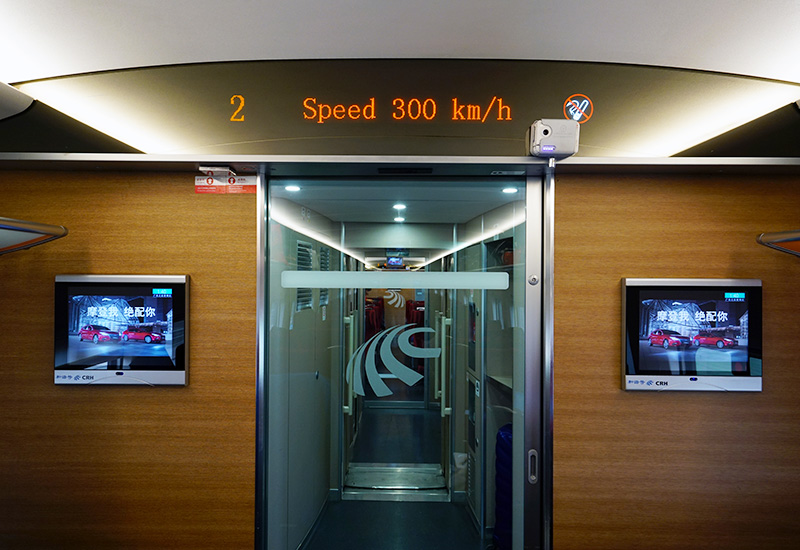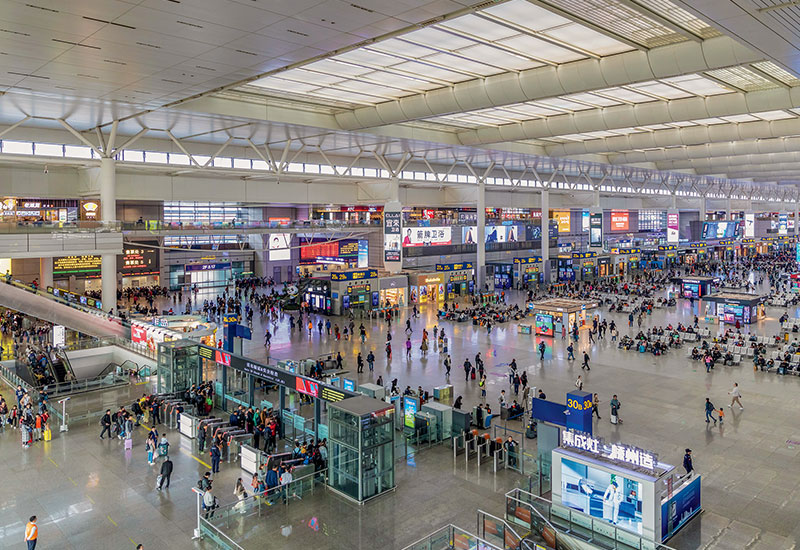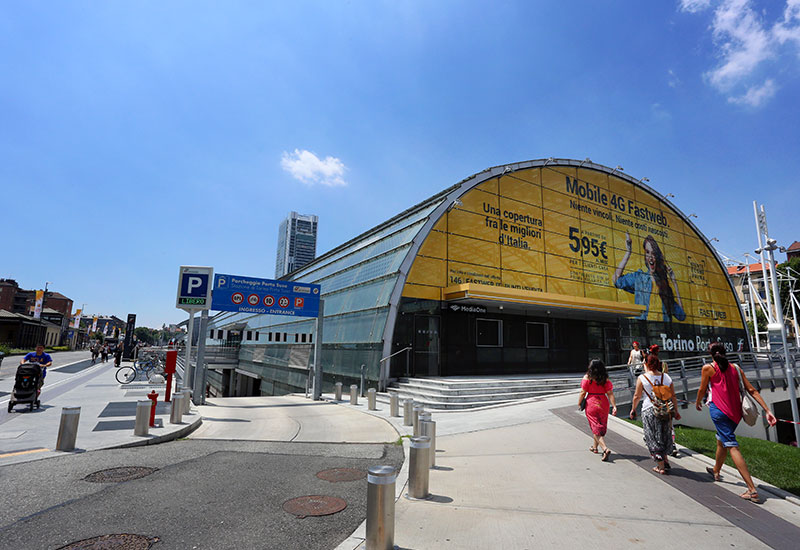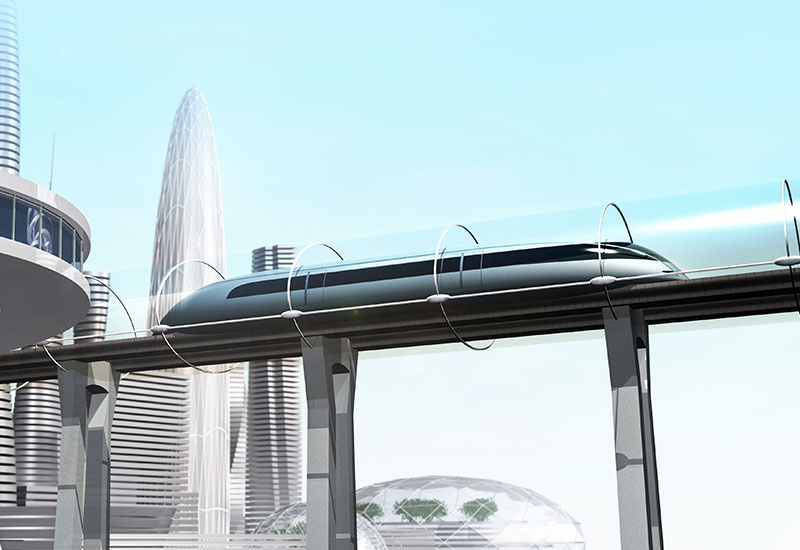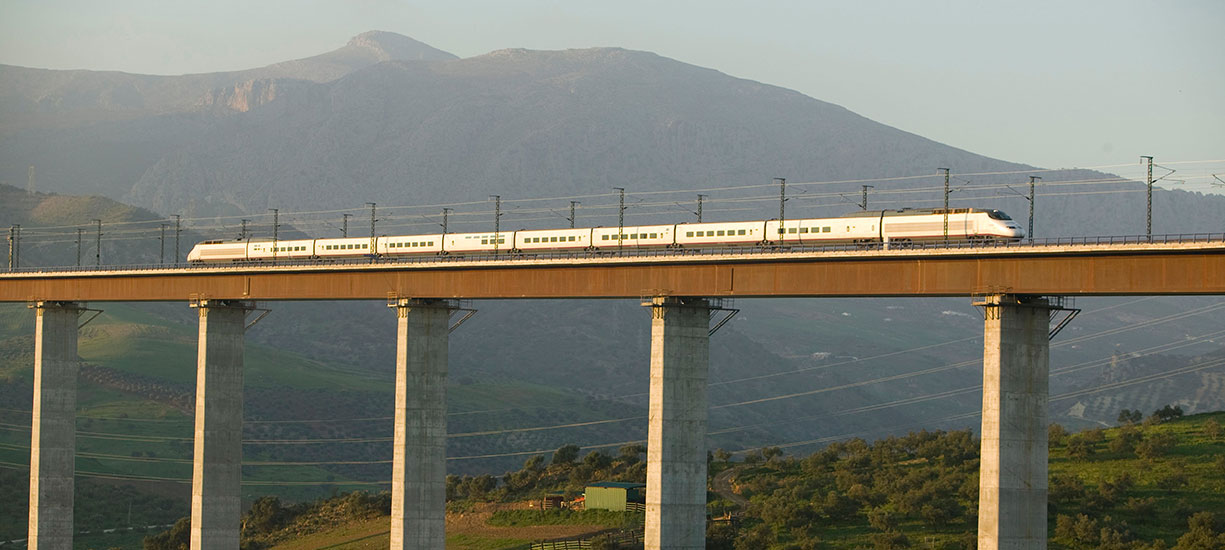
High-Speed Rail: Sustainable mobility and the environment
With increasing awareness of the energy and climate challenges threatening the planet, sustainable mobility presents itself as energy efficient and respectful of the environment. Rail transport is particularly adapted to take up these challenges of ecological transition. Its carbon footprint is minimal, and its efficiency and reliability well-proven. As for the performance of high-speed trains, their logistical and societal advantages are justified by their energetic sobriety.
Environmental issues
High-speed responds to the need for logistical efficiency – the reduction of travel times – but also to environmental challenges, by reducing notably the use of polluting forms of transport, such as the automobile and airplane. High-speed rail permits the reduction of CO2 emissions, in particular when electrical power sources are derived from a decarbonised source or renewable energy. On a land use level, the concept of a high-speed line – which requires less right-of-way than a motorway – aims to diminish the environmental impact upon regions crossed. Environmental impact studies, which are obligatory in certain countries, provide for the definition of the line’s route to protect biodiversity, avoid classified agricultural areas, residential areas, and protected natural environments, in order to preserve the water and to protect neighbours from visual or noise nuisance. In China, a significant portion of track is elevated, which avoids the effects of territorial breakdown, problematic for rural areas as well as urban districts.
The environmental impact of a high-speed line
Like any other land-based infrastructure, the construction of a high-speed line requires use of space, artificial floors and engineering works, with the transport of materials and the use of polluting construction machine engines. The carbon footprint, often negative in terms of the design and preparation of the line, quickly becomes positive a few years after operation begins. Indeed, the large number of passengers is a form of deviation from other transport modes with greater CO2 emissions: car, bus, plane, or diesel train – using three times more energy than high-speed trains. In addition, the international race toward innovation, as well as the search for energy frugality, have led engineers to design trains that run faster while consuming even less energy. The initial carbon investment is thus largely compensated by later emissions savings. Thus, high-speed responds to the four pillars of sustainable mobility: energy, economy, efficiency and ecology.
